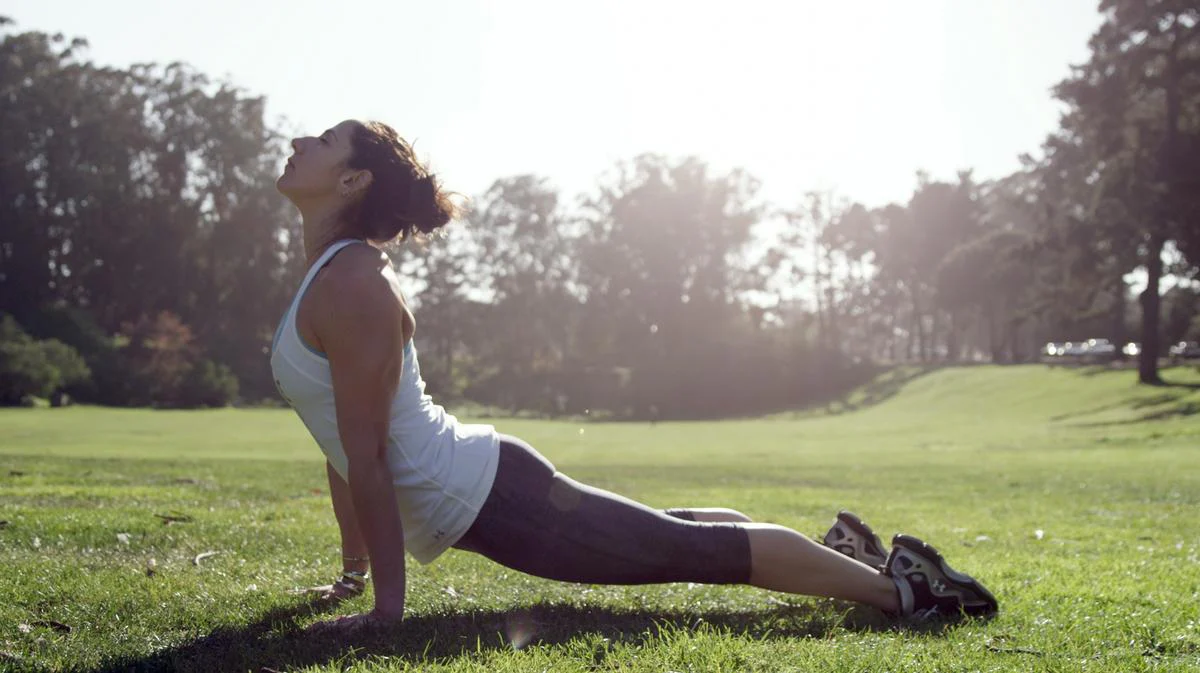Flexibility is a key component of overall fitness, helping to increase the range of motion, prevent injury, and improve performance in daily activities and sports. Incorporating specific exercises into your routine can significantly enhance body flexibility, allowing for more fluid and efficient movement. Below are some of the best types of exercises to improve body flexibility:
1. Static Stretching
Static stretching involves holding a muscle in a stretched position for an extended period, usually 15-60 seconds. This type of stretch is typically performed after a workout to help lengthen muscles and improve flexibility. Key benefits include improved muscle elasticity and range of motion. Examples of static stretches include:
- Hamstring Stretch: While sitting or standing, extend one leg straight and reach towards your toes, holding the position.
- Chest Stretch: Place your hands behind your back, interlace your fingers, and gently lift your arms to stretch the chest and shoulders.
- Triceps Stretch: Raise one arm overhead, bend the elbow, and use the opposite hand to gently push the elbow backward.
2. Dynamic Stretching
Dynamic stretching involves active movements that stretch muscles without holding the position for long periods. It’s commonly used as a warm-up to increase blood flow and muscle temperature. Dynamic stretching prepares the muscles for more intense activity, improving flexibility over time. Examples of dynamic stretches include:
- Leg Swings: Stand on one leg and swing the other leg forward and backward or side to side to stretch the hip muscles.
- Walking Lunges: Step forward into a deep lunge, alternating legs, to stretch the hip flexors, quads, and hamstrings.
- Arm Circles: Extend your arms to the sides and move them in circular motions to warm up the shoulder joints.
3. Yoga
Yoga is widely known for improving flexibility and balance. It involves holding various postures (asanas) that stretch and strengthen muscles while improving body awareness. Many yoga poses are specifically designed to enhance flexibility in areas like the hips, back, and hamstrings. Popular yoga poses for flexibility include:
- Downward Dog (Adho Mukha Svanasana): This pose stretches the hamstrings, calves, and shoulders, enhancing flexibility in the legs and spine.
- Cobra Pose (Bhujangasana): This backbend stretches the chest and front of the body while improving spinal flexibility.
- Seated Forward Bend (Paschimottanasana): A deep stretch for the hamstrings and lower back, this pose increases flexibility in the posterior chain of the body.

4. Pilates
Pilates focuses on core strength, flexibility, and posture through controlled movements. Many Pilates exercises lengthen and stretch muscles, making it excellent for enhancing flexibility, especially in the spine, hips, and legs. Some Pilates exercises that promote flexibility include:
- The Roll-Up: A slow, controlled movement that stretches the spine and hamstrings as you roll your body from lying down to sitting upright.
- Spine Twist: Sitting tall with legs extended, rotate your torso to each side, improving flexibility in the spine and obliques.
- Leg Circles: Lying on your back, lift one leg and make controlled circular movements to stretch the hips and improve flexibility in the lower body.
5. Tai Chi
Tai Chi is a martial art that involves slow, deliberate movements and deep breathing. It promotes flexibility by encouraging full range of motion in the joints, particularly in the hips, knees, and shoulders. Tai Chi movements are gentle and continuous, making it an effective way to increase flexibility, balance, and relaxation. Regular practice can reduce stiffness and improve mobility.
6. PNF Stretching (Proprioceptive Neuromuscular Facilitation)
PNF stretching is a technique that combines passive stretching and isometric contractions to improve flexibility. It is often used in rehabilitation and athletic training due to its effectiveness in increasing muscle length. The method involves stretching a muscle, contracting it isometrically for several seconds, and then stretching it further. This process can significantly increase range of motion over time. An example of PNF stretching includes:
- Partner-Assisted Hamstring Stretch: With a partner, lie on your back with one leg extended. Have your partner push your leg towards your head while you resist, then relax to allow a deeper stretch.

Conclusion
Improving flexibility is essential for maintaining a healthy, active lifestyle. By incorporating a mix of static and dynamic stretches, yoga, Pilates, Tai Chi, and PNF stretching into your routine, you can enhance your body’s range of motion and reduce the risk of injuries. Regular practice of these exercises will lead to greater mobility, improved posture, and better overall performance in both physical activities and daily life.

